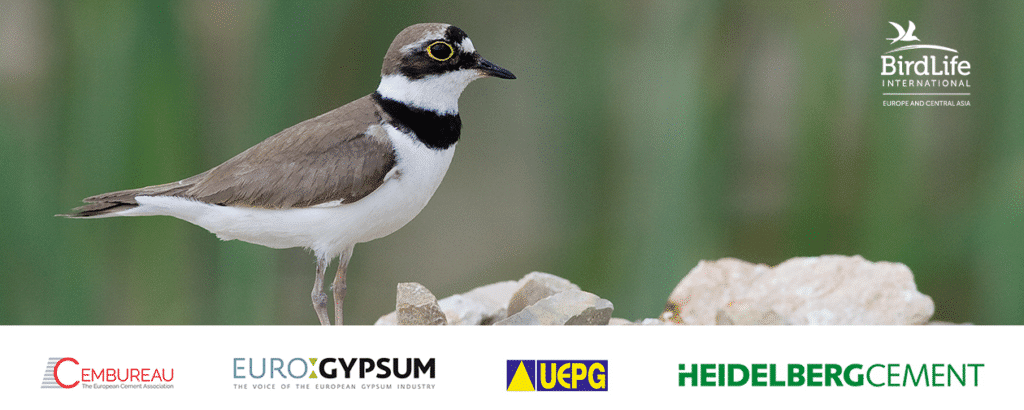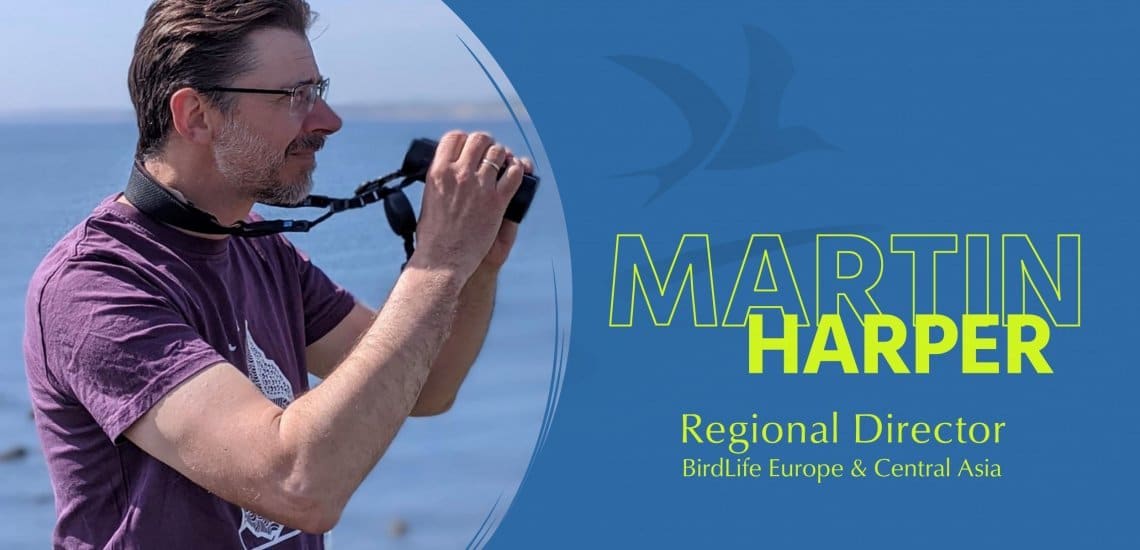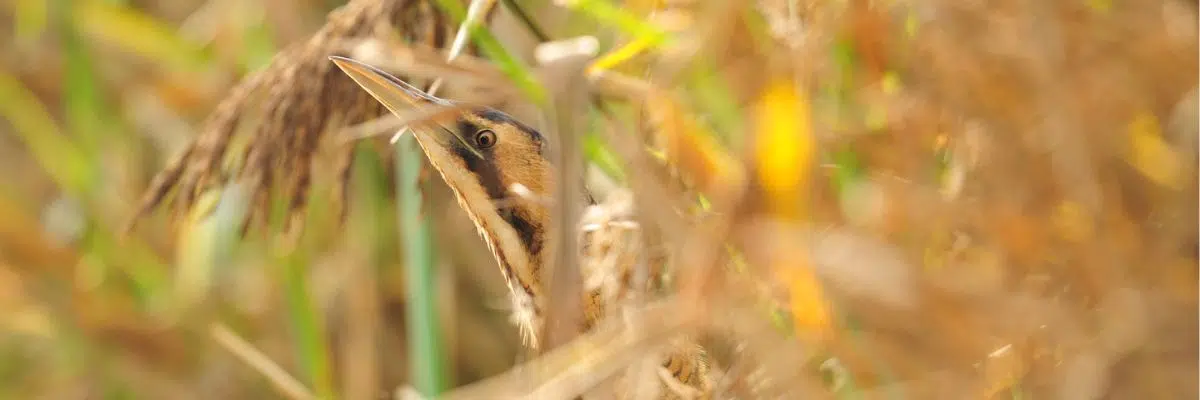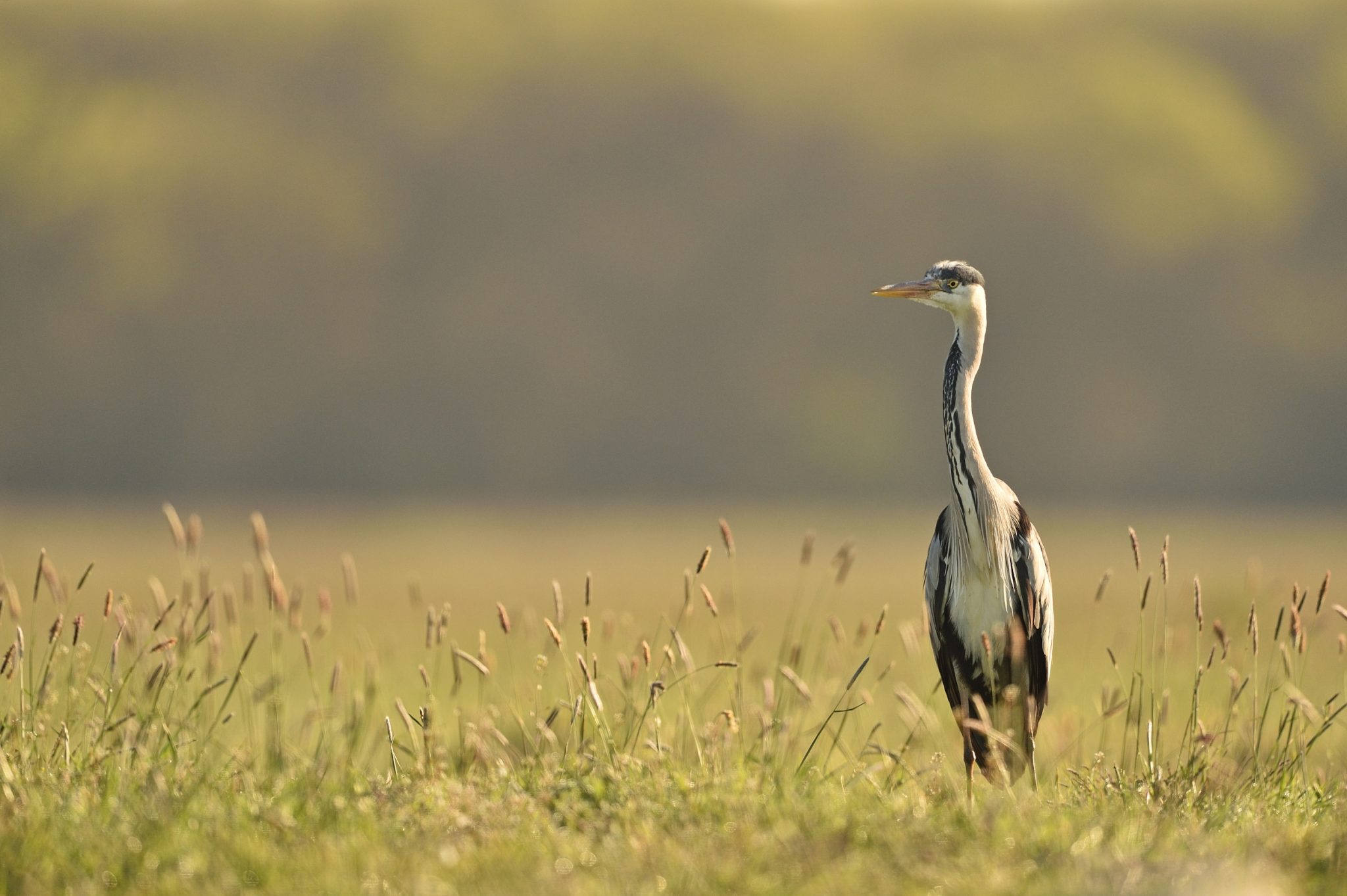New Species Protection Code of Conduct guides EU businesses towards nature protection

Over the past decade, BirdLife Europe & Central Asia and HeidelbergCement have worked together to better protect biodiversity at extraction sites.
But integrating biodiversity into active quarries can be challenging and presents several risks. Current EU law can result in quarries operating as sterile environments stripped of flora and fauna with no benefit to biodiversity.
On the 28th of October 2021, BirdLife, HeidelbergCement, CEMBUREAU, Eurogypsum, and UEPG released the “Extractive Sector Species Protection Code of Conduct” – a guidance for the management of temporary habitats linked to the extractive sector.
“Given that change in land use is one of the major drivers of biodiversity loss, we need to think differently about how to maximise the opportunities for wildlife in these changing landscapes.”Martin Harper, Regional Director, BirdLife Europe and Central Asia
The Code of Conduct will build on the provisions of the EU’s Birds and Habitats Directives and suggests a manageable approach for the extraction sector to protect species and fully respect the Birds and Habitats Directives by conserving nature through the implementation and management of temporary habitats. The European Commission’s Directorate-General for the Environment has also given input in this Code of Conduct, which aims at becoming a reference guide to Member States and their (permitting) authorities, by providing a checklist, and practical suggestions on how to manage biodiversity in extraction sites in harmony with the species protection provisions.
This is an example of how nature conservation organisations and the business community can collaborate to come up with lasting solutions to meet the needs of biodiversity and people – ultimately helping to create a nature positive future.
“The Code of Conduct is an ideal example of a productive collaboration between different stakeholders aiming at the best result for biodiversity conservation.”Koen Coppenholle Chief Executive Officer, CEMBUREAU
This Code of Conduct works within this legal framework as an overall guide to provide a practical solution to species protection through the management of temporary habitats associated within the sector. The concept of temporary habitats as defined in this Code of Conduct mitigates this situation and creates a win-win for business and nature.
“It provides a consistent approach to maximise biodiversity in quarries, while ensuring compliance with European legislation and continued extractive activities.”Dr Dominik von Achten, Chairman of the Managing Board, HeidelbergCement AG
Conservationists, Governments, and the extractive industries share a common interest and responsibility in ensuring that extraction sites operate in full compliance with legal requirements and that the granting of derogations, if needed and possible, contributes to the overarching objective of delivering effective conservation for protected species.
“This Code of Conduct forms one of the valuable tools to ensure the compatibility of aggregates extraction and nature protection.”Antonis Antoniou Latouros, President, UEPG
“We are proud to join forces with BirdLife Europe and other major European extractive industries, to go the extra mile in applying common practices for species protection in quarries.”Emmanuel Normant President, Eurogypsum.
You might also be interested in:
 | Stichting BirdLife Europe gratefully acknowledges financial support from the European Commission. All content and opinions expressed on these pages are solely those of Stichting BirdLife Europe. The European Commission is not responsible for any use that may be made of the information it contains. |









